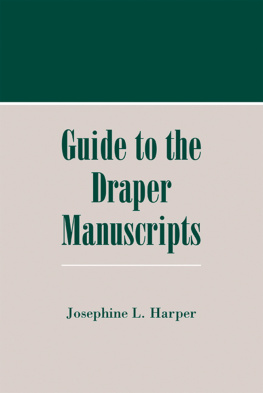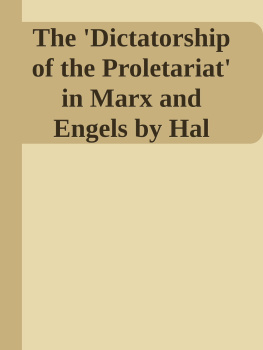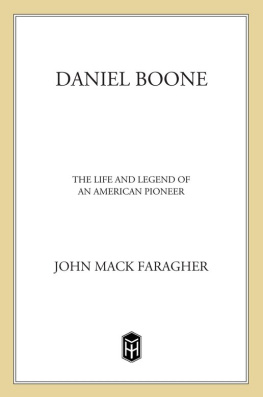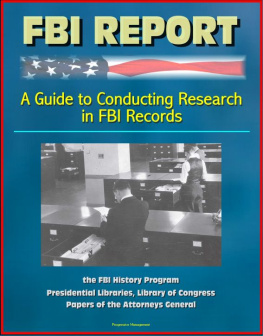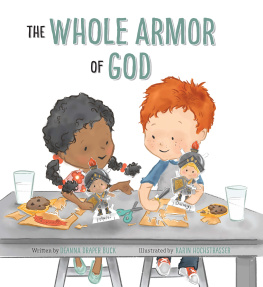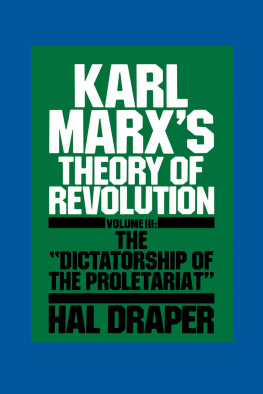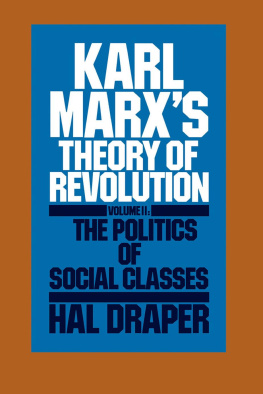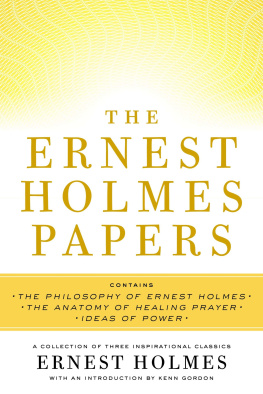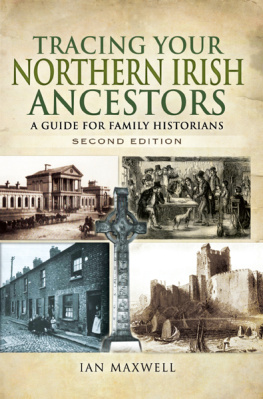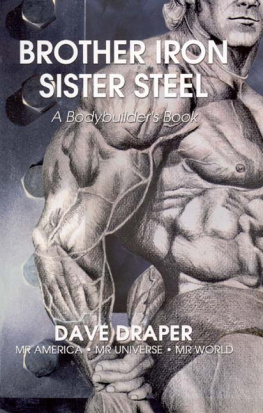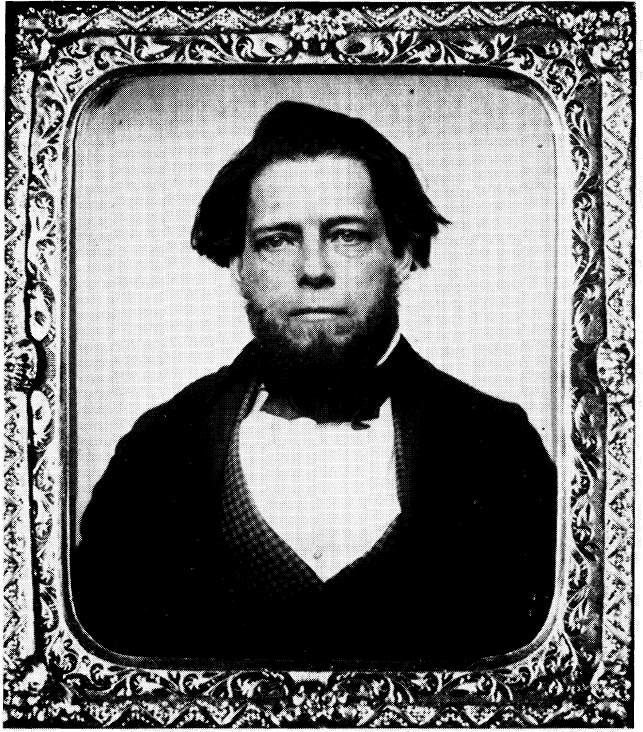
LYMAN COPELAND DRAPER (18151891), collector of the Draper Manuscripts and first Secretary of the State Historical Society of Wisconsin, from a daguerreotype portrait made about 1855, when he was forty years old. [WHi (X3) 24631]
Published by the
Wisconsin Historical Society Press
Hardcover edition 1983 by The State Historical Society of Wisconsin
Paperback edition 2004 by The State Historical Society of Wisconsin
E-book edition 2014
For permission to reuse material from Guide to the Draper Manuscripts (ISBN 978-0-87020-352-7; e-book ISBN 978-0-87020-683-2), please access www.copyright.com or contact the Copyright Clearance Center, Inc. (CCC), 222 Rosewood Drive, Danvers, MA 01923, 978-750-8400. CCC is a not-for-profit organization that provides licenses and registration for a variety of users.
Cover designed by Roberta H. Couillard
For updated information on the Draper Manuscripts, including a list of libraries that have the microfilm, visit www.wisconsinhistory.org/military/draper. The microfilm edition of the Draper Manuscripts and the microfiche of the Draper calendars and documentary series are available for purchase from ProQuest, 300 N. Zeeb Road, Ann Arbor, MI 48106-1346; 800-308-1596, www.il.proquest.com.
The Library of Congress has cataloged the printed edition as follows:
Guide to the Draper Manuscripts. Harper, Josephine Louise.
Includes index.
1. Draper, Lyman Copeland, 18151891ManuscriptsCatalogs.
2. West (U.S.)Historyto 1848ManuscriptsCatalogs.
3. West (U.S.)Historyto 1848SourcesBibliographyCatalogs.
4. State Historical Society of WisconsinCatalogs.
I. State Historical Society of Wisconsin. II. Title.
Z6616.D72H37 1983 [F586.D7] 016.97802 82-19605
Hardcover ISBN 0-87020-215-4
Paperback ISBN 0-87020-352-5
A LTHOUGH more than ninety years have passed since Lyman C. Draper last browsed among his cherished manuscripts and notes on the western frontier prior to 1830, the resources he gathered for his own historical and biographical research comprise the most noted and widely recognized manuscript collection owned by the State Historical Society of Wisconsin. To meet the needs of current historical and genealogical researchers a twelve-year Bicentennial project has resulted in a new microfilm edition (1980) of the papers to replace the films issued in 1949; a microfiche edition (1981) of related calendars, documentary selections, and William B. Hesseltines biography of Draper; and finally this new Guide, a general finding aid for the entire collection.
The Draper Project has received cooperation from many people both within and outside the State Historical Society of Wisconsin. Enthusiastic support has come from three of the Societys Directors, Leslie H. Fishel, jr., James Morton Smith, and Richard A. Erney; and from the State Archivist, F. Gerald Ham, who headed the Societys Archives Division throughout the project.
The 1980 microfilm edition was produced by the University of Chicago Photoduplication Department. Supervision of the microfilming was carried out there by two department headsCosby Brinkley until his retirement in 1978, and his successor Sang S. Suland by their assistant, Mrs. Gertrud Hartmann. The microfiche of the calendars and other publications was done by Microfilming Corporation of America under the supervision of Jack T. Ericson.
For this Guide, the basic survey of the collections for preparation of volume descriptions and other editorial costs have been financed in part by a grant from the National Historical Publications and Records Commission. The assistance of numerous other Society associates is gratefully noted. The chief of the Societys press, Paul H. Hass, and the Assistant State Archivist, Max J. Evans, provided editorial advice. The Guide draft benefitted also from editorial reading by two of my archivist colleagues, Joanne Hohler and Carolyn Mattem. Katherine Thompson, former reference assistant, often assumed heavier Archives Reading Room responsibilities to free more of my time for the Project, and several part-time assistants, Patti Aronsson, Kathryn Otto, and Eileen Stary, checked references and prepared Guide indexes. The preparation of the unpublished calendars was also aided by Charles Shetler and by several volunteers from the Womens Auxiliary of the Society. Two members of the Societys Word Processing Center, Delores Ducklow and Carolyn Matney, provided the typescript copy. To these, and to all others who have contributed suggestions or comments as the Project progressed, I express my appreciation and thanks.
Josephine L. Harper
Reference Archivist
February, 1982
T HE PRIMARY OBJECTIVE of the State Historical Society of Wisconsin in issuing the Guide and the microfilm is to make the Draper Manuscripts widely available and freely accessible to researchers. Generally accepted research use of the collection is unrestricted.
However, the reader is cautioned that the Society, as exclusive custodian of the Draper Manuscripts, expressly prohibits the unauthorized reproduction of this material by any institution or individual. With the exception of brief extracts, permission to publish any unpublished material from the Draper Manuscripts must be secured from the State Historical Society of Wisconsin. Some papers within the collection may be under copyright. Therefore, the researcher is further cautioned that neither the Societys exclusive ownership of the collection nor authorization to publish materials in the collection constitutes a conveyance of those literary rights not held by the Society. It is the responsibility of the author or his publisher to secure permission from the copyright owners.
To facilitate citation, each of the fifty subseries within the Draper Manuscripts has been given an alphabetical designation or pressmark. A citation to Draper Mss., 25 C 12 is a concise reference to page or item 12 in volume 25 of the Daniel Boone Papers, Series C, in the Draper Manuscripts. In citing material, the researcher should credit the State Historical Society of Wisconsin as custodian of the Draper Manuscripts and should indicate which of the two microfilm editions has been used. Suggested citations would be:
Draper Mss., 25 C 12 (microfilm edition, 1949), State Historical Society of Wisconsin.
Draper Mss., 25 C 12 (microfilm edition, 1980, reel 8), State Historical Society of Wisconsin.
CONTENTS
ILLUSTRATIONS
An eight-page selection of
documents from the Draper
Manuscripts follows page 36.
L YMAN COPELAND DRAPER, creator of the Draper Manuscripts, was born in Lockport, New York, on September 4, 1815. The eldest son of Luke Draper and his wife, Harriet Hoisington Draper, Lyman attended the village school, worked on the family farm, and clerked in several shops. A slight youth who attained a height of only five feet and one inch, he was ill-suited for rough sports and heavy physical labor. Instead he vicariously sought adventure in books, in tales of the American Revolution related by his grandfather, and in stories of British captivity during the War of 1812 told by his father. Lymans quest for learning attracted the attention of Peter Remsen, husband of Drapers cousin Lydia. With Remsens financial support, Draper attended Granville College in Ohio from June, 1834, until November, 1836; but it soon became apparent that the young scholar was more interested in American history than in the prescribed classical curriculum. He began writing letters to seek reminiscences of Kentucky pioneers; he delivered college orations and wrote articles on American historical and archeological topics for the

